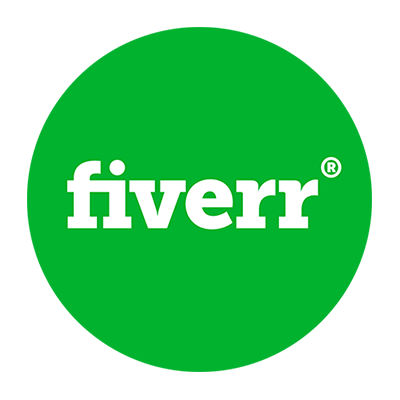How LinkedIn Helped Me Start A Platform To Invest In Celebrity-Founded Brands
My name is Scott van den Berg and I founded a company called CELEB.
For the past three years, I’ve been studying the creator economy space and have been fascinated by its growth and trends – and how they impact business as a whole.
I’m a big believer that celebrities and content creators will be the artisans of the most successful brands of the future. Seeing the early signs of this economic shift, I wanted to invest in these brands and give others the opportunity to do the same.
CELEB is an investment platform that allows accredited investors to invest in brands founded by celebrities and creators. Individuals can invest in celebrity/creator-founded brands with amounts as low as $2,500 per startup. We do the research and present them with the most promising investment projects, and they decide how much they’d like to invest.
Today we have about 150 accredited investors signed up on the platform interested in investing in brands founded by celebrities and creators. Our goal is to make an average investment of $200k per startup.
We just made the first investment in a venture studio that builds companies with the world’s top celebrities and creators.
Also, we have 10+ investment...

Download the report and join our email newsletter packed with business ideas and money-making opportunities, backed by real-life case studies.

Download the report and join our email newsletter packed with business ideas and money-making opportunities, backed by real-life case studies.

Download the report and join our email newsletter packed with business ideas and money-making opportunities, backed by real-life case studies.

Download the report and join our email newsletter packed with business ideas and money-making opportunities, backed by real-life case studies.

Download the report and join our email newsletter packed with business ideas and money-making opportunities, backed by real-life case studies.

Download the report and join our email newsletter packed with business ideas and money-making opportunities, backed by real-life case studies.

Download the report and join our email newsletter packed with business ideas and money-making opportunities, backed by real-life case studies.

Download the report and join our email newsletter packed with business ideas and money-making opportunities, backed by real-life case studies.


















